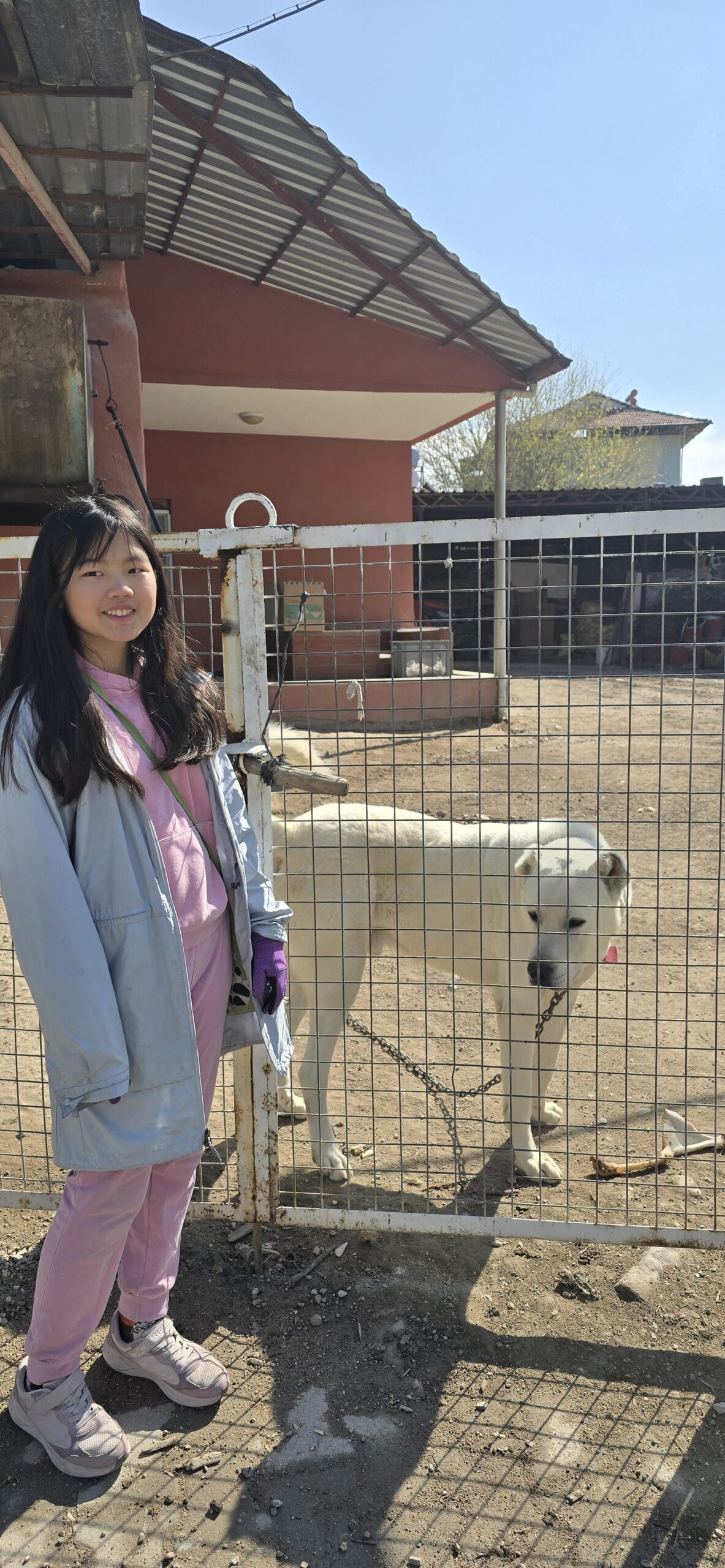Hot Springs, Rainy Days, and Roman Ghosts – A Laid-Back Escape to Pamukkale April 7-13, 2025
After spending some time in bustling Istanbul, we decided to see more of Turkey and opted for a more relaxed route—Pamukkale and Antalya. While many travelers flock to Cappadocia for its surreal rock formations and pricey hot air balloon rides (over $150 per person!), we’d already had our share of stone pillars in other countries and desert flights. Our recent $40 balloon ride in Egypt still holds up as a great memory, and honestly, we couldn’t justify the splurge.
Getting There the Hard Way
We caught an afternoon flight into Denizli, a small regional airport. Things went smoothly… until we realized we had just missed the last bus from the airport to Pamukkale. So began our most expensive mistake of the day: an 1,800 TL cab ride (about US$55) for what should’ve been a budget transfer. Ouch.
Thankfully, the pain faded fast when we arrived at our Airbnb in the village of Pamukkale, which was charming and cozy. Our host was a sweet grandma who hugged all of us on arrival and would randomly drop by with homemade food. The apartment had heated floors—a first for us—and overlooked a small lot filled with chickens, goats, and a giant fluffy white dog who turned out to be a big softie, always ready for treats and belly rubs.

Duck Ambushes and Rainy Days
Our first couple of days were overcast and rainy. We didn’t mind. After a travel day, we usually like to take things slow, and Pamukkale is the perfect place to do just that. It’s a tiny village with only one real attraction, so there’s not much else to do. We took a rainy-day walk to the local pond and got ambushed by ducks—a surprise highlight for Holly.

Restaurants in town were surprisingly expensive for such a small place, so we stuck with our usual budget-travel routine: grocery store dinners and home-cooked meals.
The Terraces of Pamukkale
On day three, the skies finally cleared and gave us the sunshine we were waiting for. We headed out to explore the Travertines of Pamukkale, the village’s one and only (but spectacular) attraction.


Entry cost 30 Euros per person, which included a free pair of Bluetooth earbuds for an audio guide via app. Unfortunately, the app was glitchy, the earbuds all had the same device name, and syncing them was a mess—so we skipped that part.
At the entrance, we reached a set of benches where everyone had to remove their shoes before stepping onto the white limestone. This is no ordinary hillside—the warm, mineral-rich water flows down the slope, leaving behind stunning white terraces that look like a snowy wonderland, though it was anything but cold and fluffy.






Well… actually, it was kind of cold. Even with a blue sky and sun, it was only about 60°F (15°C) and windy. Walking barefoot over cold wet rock wasn’t exactly cozy, though the warm (ish) spring water helped a little. Some brave kids were darting around in swimsuits, laughing and shivering as they hopped between shallow pools.





We slowly climbed up the terraces, sticking to the water wherever we could. The water did get a bit warmer as we neared the top, but it never quite reached hot-tub territory. By the time we reached the summit, our feet were grateful to be back in shoes. We rested for a while enjoying the spectacular views of the pools and it aquamarine waters.






Roman Ruins and the Underworld
At the top, we explored the small museum—your standard collection of Roman sarcophagi, statues, and pottery, then hiked further uphill to the Plutonium, an eerie cave where Roman priests once conducted rituals. According to legend, this cave emitted poisonous carbon dioxide, and priests would “sacrifice” bulls by leading them inside. The bulls would collapse and die, and the priests—mysteriously unaffected—would interpret the “messages from the underworld” (aka breathe in the fumes and start muttering cryptic things).
Spooky stuff.

We continued up to the ancient Roman amphitheater, a gorgeous, partially-restored site with steep stone seating and panoramic views of the valley. It was one of the most atmospheric ruins we’ve visited, and as a bonus there was a soft, friendly cat among the theater patrons. We lingered there until the golden hour glow signaled it was time to head out.




Rather than risk slipping on wet limestone in the dark, we exited through the back and walked 30 minutes back to town, dodging the taxis asking $10 for a 5-minute ride. Nope.
Day Tripping to Denizli
We had just four days in Pamukkale, and spent our last full day on a day trip to Denizli, a small but lively city about 30 minutes away. Our plan was to ride the cable car up a nearby mountain, but it was closed for the season. So, we caught a local bus to some Roman ruins, but decided to skip it—the $15 entry fee per person felt a bit steep, especially after the ruins we’d already seen (and with a trip to Italy on the horizon).
Instead, we wandered the downtown shopping district, had a casual lunch, and caught the bus back. Nothing too fancy, but still a fun way to round out the trip.

Final Thoughts
Pamukkale was a nice change of pace—a place where you don’t have to do a lot to enjoy it. The Travertines were surreal, the ruins fascinating, and the village felt quiet and unhurried. Sure, the weather wasn’t perfect and prices weren’t as low as we’d hoped, but the heated floors, friendly grandma host, and backyard farm dog made it memorable in the best ways.
Next stop: Antalya, for sun, sea, and maybe a few more Turkish surprises.
